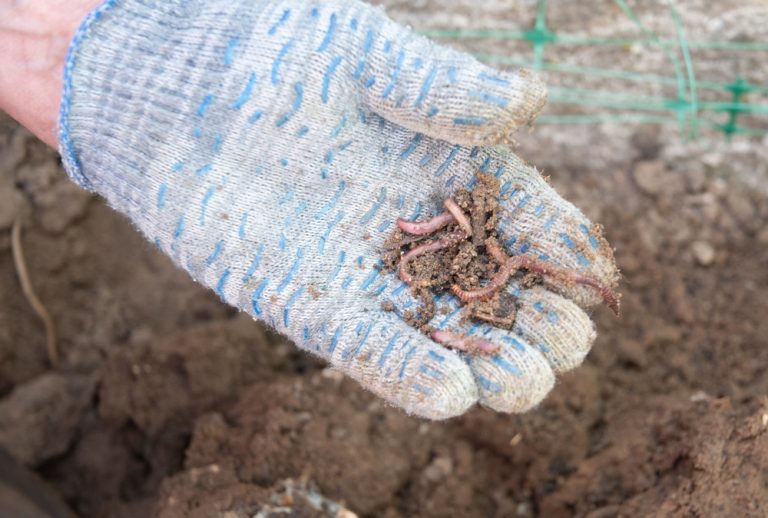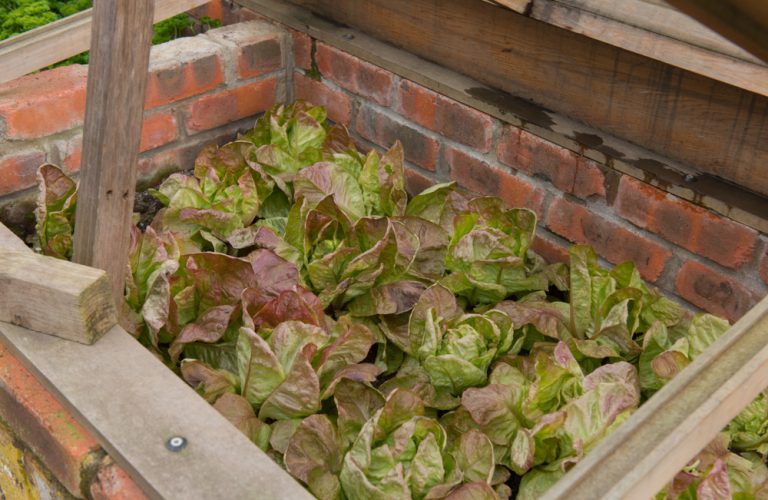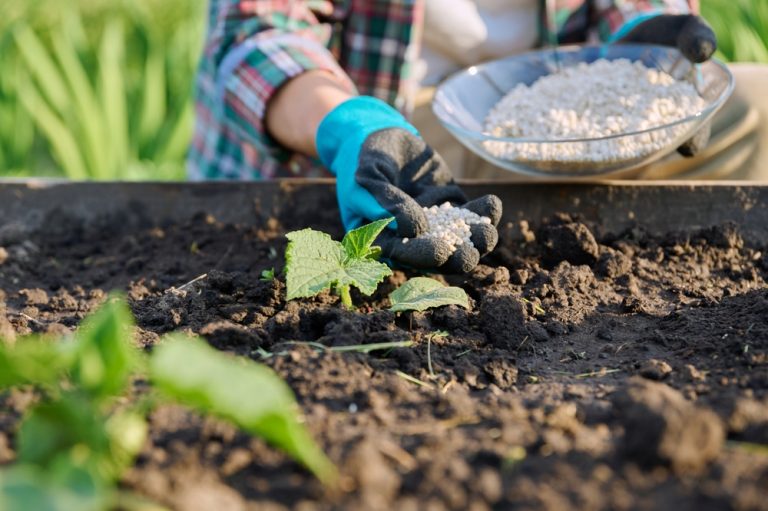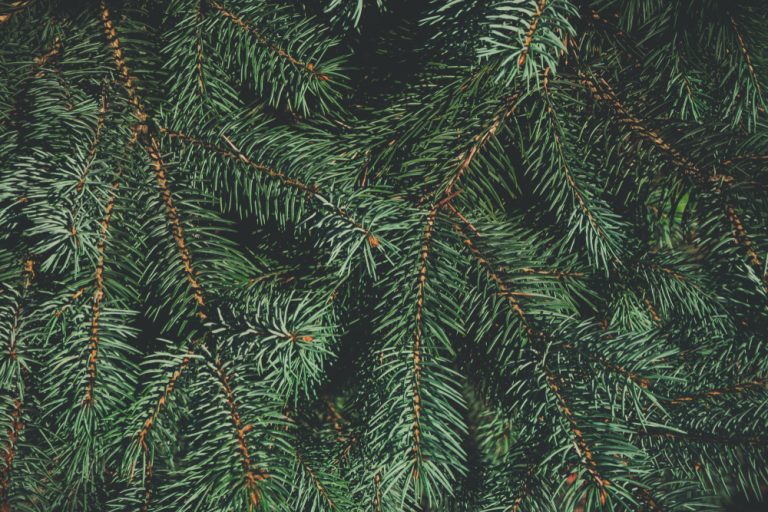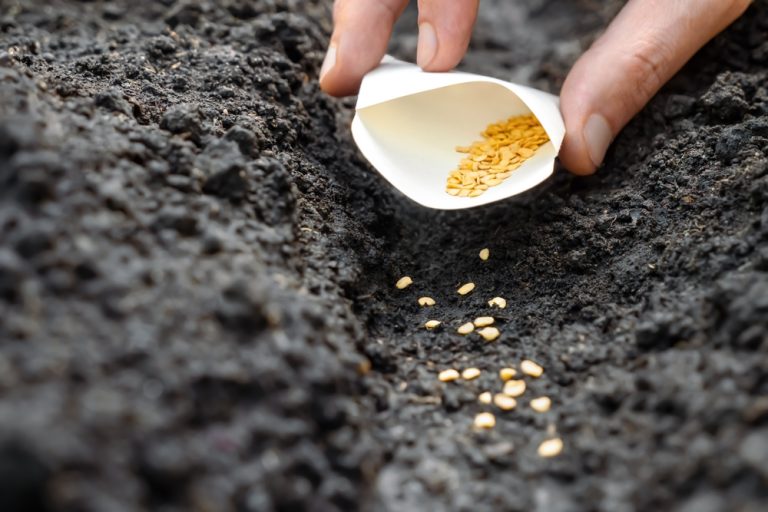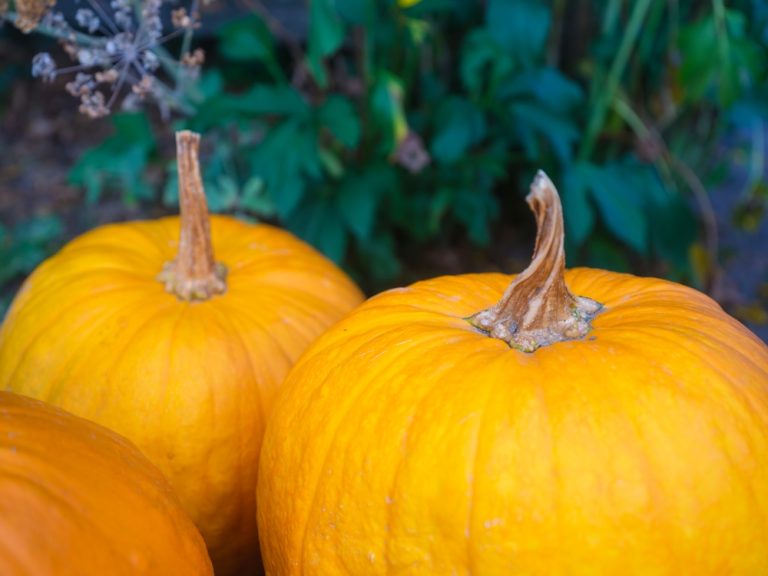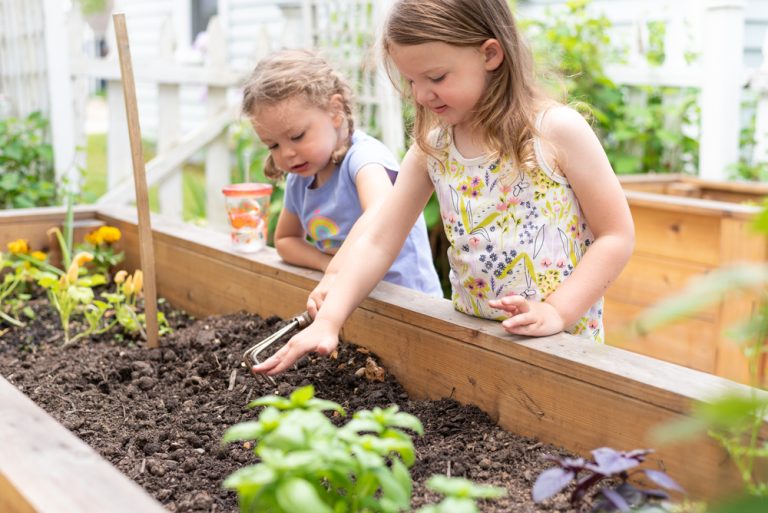If you think fall is just about pumpkin spice and cozy sweaters, think again—beneath the fallen leaves and chilly air, an underground workforce is hustling harder than ever. While most creatures slow down as temperatures drop, earthworms are clocking in overtime, turning your soil into a nutrient-packed wonderland. You might not notice them, but these…
garden tips
8 Ornamental Grasses That Peak in Fall
Just when you think the garden is ready to wind down, ornamental grasses burst into their autumn spotlight like nature’s grand finale. While flowers fade and leaves drop, these bold, swaying beauties turn golden, copper, and ruby—catching the low sunlight and dancing in every breeze. They’re the unsung heroes of fall landscaping, giving movement, texture,…
Why Cooler Nights Boost Leafy Green Flavor
You might think that the crisp, fresh taste of spinach, kale, and lettuce comes from how they’re grown—or maybe how recently they were picked. But the real secret ingredient? Cool nights. When temperatures drop and the air feels sharp enough to make your breath visible, leafy greens turn into flavor powerhouses. It’s one of nature’s…
7 Cold Frames That Keep Lettuce Growing Longer
Fall frosts don’t have to end your salad season. With the right cold frame, you can extend lettuce production well into winter. Cold frames act like mini greenhouses, trapping daytime warmth and protecting tender greens from overnight freezes. Even simple designs can raise soil temperatures just enough to keep cool-weather crops thriving. Whether you’re growing…
Why Over-Fertilizing Kills More Plants in Fall
Think more fertilizer means stronger plants? Think again. Discover why over-fertilizing in fall actually kills more plants than it helps—and what your garden really needs instead.It starts with good intentions. You want your garden to look stunning before winter, so you grab the fertilizer and give your plants a little “boost” to help them along….
How to Use Pine Needles as Mulch Without Harming Soil
If you’ve ever raked up a pile of fallen pine needles, you’ve probably wondered: “Can I just… use these?” Spoiler alert: you absolutely can—but with a few smart precautions. Pine needles, or “pine straw” as some gardeners call them, are one of nature’s most underrated mulching materials. They’re plentiful, lightweight, and give your garden that…
10 Ways Fallen Leaves Feed Your Soil
When autumn hits and your yard turns into a crunchy carpet of gold, orange, and brown, it’s easy to see fallen leaves as a nuisance. You grab your rake, fill up bags, and haul them off like you’re cleaning up a mess. But what if those leaves aren’t waste at all? What if they’re one…
Why Gardeners Save More Money Starting Seeds in Fall
Every gardener knows the excitement of spring—the rush to the garden center, the aisles bursting with bright green seedlings, and the irresistible temptation to grab one of everything. But those quick spring hauls? They add up fast. By the time you’ve loaded your cart with starter plants, soil amendments, and a few impulse buys (looking…
Why Pumpkins Rot Faster if Left on Vines
There’s something magical about seeing a field full of plump, orange pumpkins basking in the autumn sun. They look invincible—sturdy, shiny, and ready for carving, decorating, or baking into that legendary pie. But here’s the surprise: the longer those pumpkins stay on the vine after they’re ripe, the faster they start to rot. Yep, your…
Why Raised Beds Hold Warmth Longer Than Ground Soil
If you’ve ever stuck your hand into a raised garden bed on a crisp spring morning, you know the secret: it’s toasty in there! Long before your neighbors’ in-ground gardens have woken up, your raised bed is already stretching, yawning, and ready to grow. It’s like the difference between sleeping on a cold basement floor…
